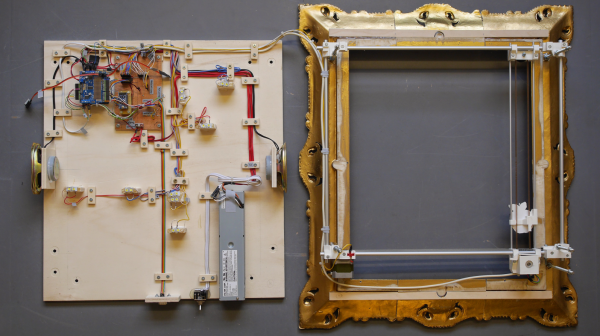In the next few years, VR headsets will be everywhere, and everyone will slowly recede into their own little reality that is presented on high-resolution displays right in front of their eyes. One specific group will be left out: eyeglass wearers. VR just doesn’t work with eyeglasses, and a few people in Germany are fixing this problem. They’re creating custom prescription lenses for Google Cardboard, giving anyone with glasses the opportunity to look just a little more hipster.
The folks behind this Indiegogo already run a specialty optics shop in Germany. They have the tools to make custom lenses for spectacles, and they’re the first company so far that has identified a problem with the current crop of VR headsets and has created a solution. The campaign is for a set of lenses that can be attached to Google Cardboard with double stick tape. There are limitations on how strong of a prescription they can make, but it should work for most four eyes.
It should be noted this Indiegogo isn’t the only way to get custom lenses for a VR headset. If you have your prescription, there are a few places to buy glasses online for $30 or so. Do that, remove the lenses from the frame, and affix them to Cardboard.
























